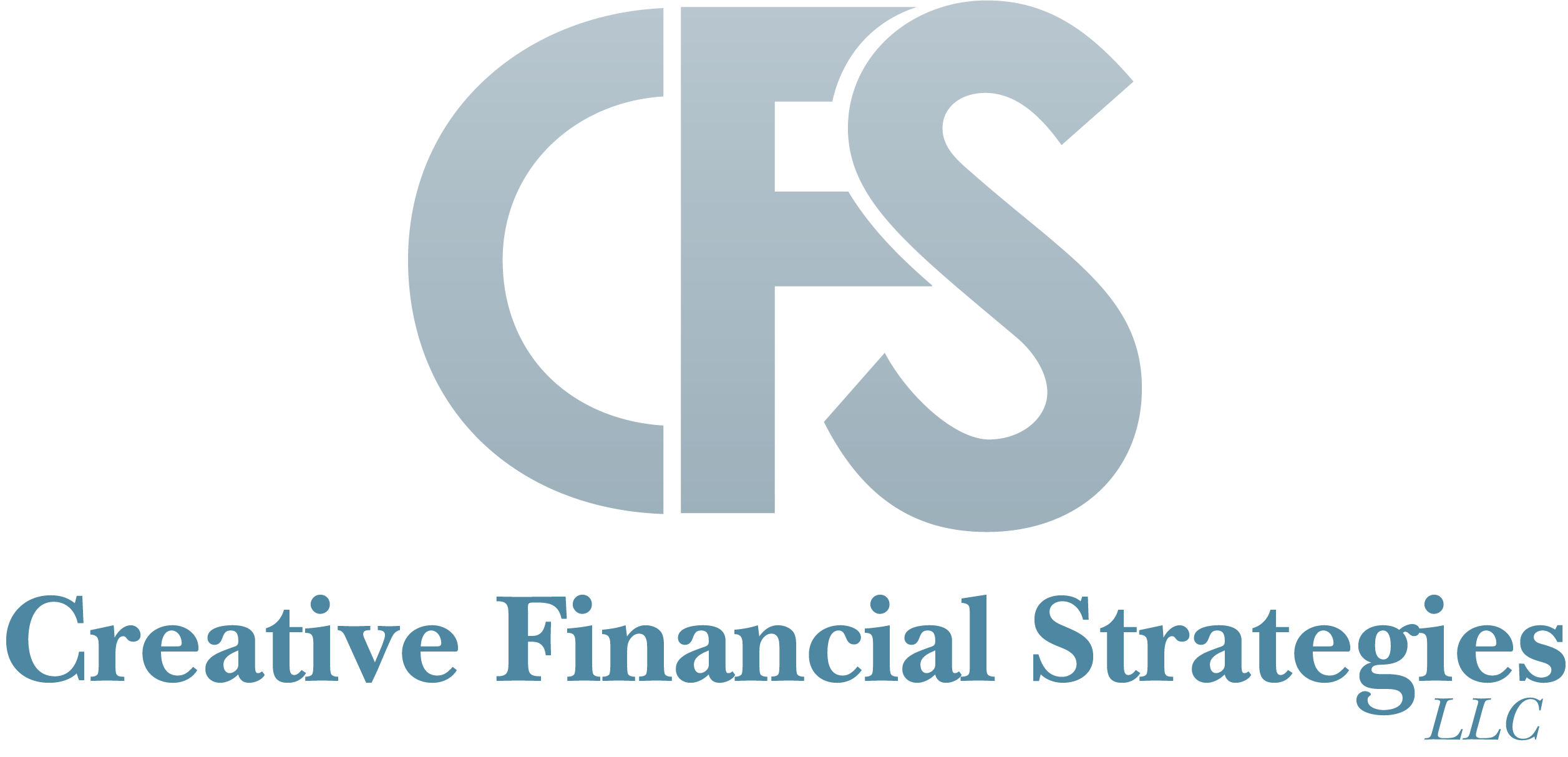Stuck in a High Tax Bracket? Try These Reduction Strategies
Let’s talk about tax brackets. They aren’t straight across the board but graduated based on income, meaning most taxpayers fall into more than one bracket. Current tax brackets are 10%, 12%, 22%, 24%, 32%, 35%, and 37%, and you could fall into as few as one and as many as all.
Check this example from Bankrate.com:
“Say you’re a single individual in 2021 who earned $70,000 of taxable income. You’d pay 10% on the first $9,950 of your earnings ($995); then 12% on the chunk of earnings from $9,951 to $40,525 ($3,669), then 22% on the remaining income ($6,484.50). Your total tax bill would be $11,148.50. Divide that by your earnings of $70,000, and you get an effective tax rate of roughly 16%, which is lower than the 22% bracket you’re in.”1
So if you’re in a high bracket and not too happy about it, consider changing up the assets in your portfolio as a tactic to help ease the pain. If you have a traditional, SEP, or Simple IRA, consider if it’s advantageous to convert it to a Roth. If you’ve got money in an HSA and can pay medical expenses another way, it’s worth considering investing your HSA contributions for the long-term, where your earnings can grow tax-free.
A tax deferral strategy might be another consideration when it comes to your qualified retirement plans. “High-income earners over age 50 can save $27,000 in a 401(k).”2 You don’t pay taxes on dividends, interest, and capital gains until you actually take a distribution—and typically, by the time you retire, you’re in a lower tax bracket.
Cash-value life insurance might be another route to go down. This tax deferral strategy allows higher investment limits for contributions, and the money grows tax-free (withdrawals up to the amount of premiums paid aren’t taxed).
Having a high net worth doesn’t have to mean paying high taxes. With the guidance of tax and financial professionals, you can uncover better ways to manage your money. If you want to discuss options, give our office a call today


